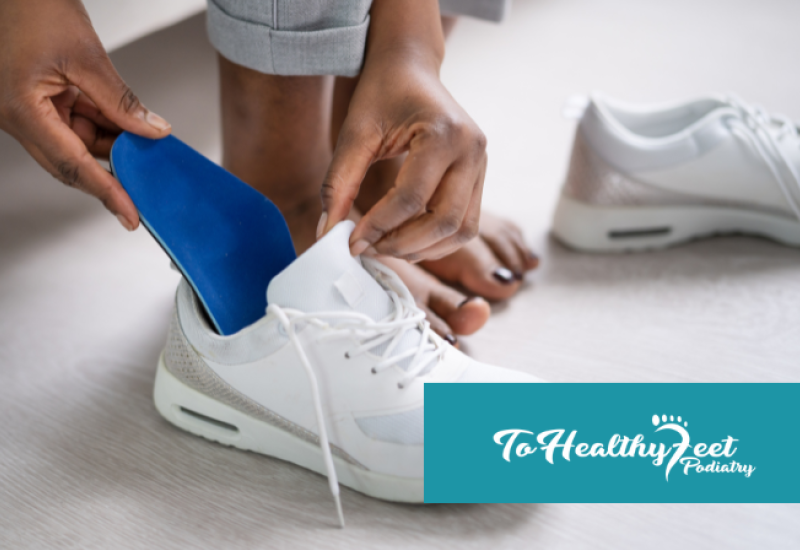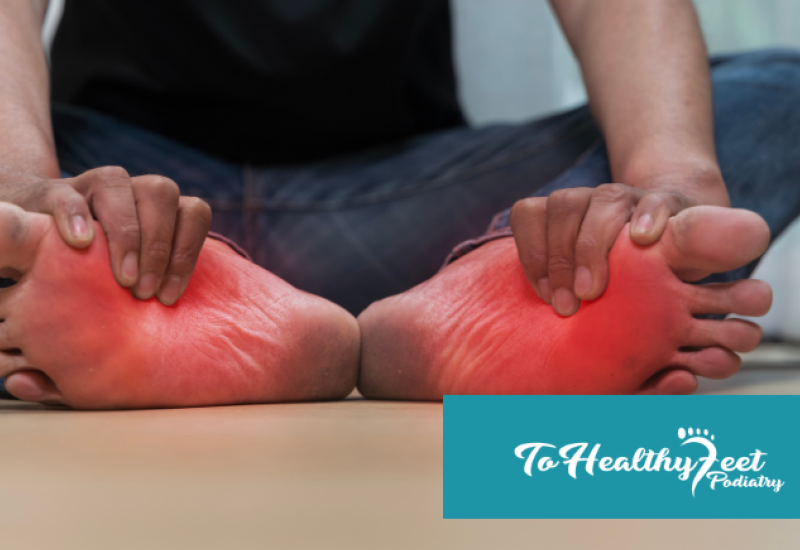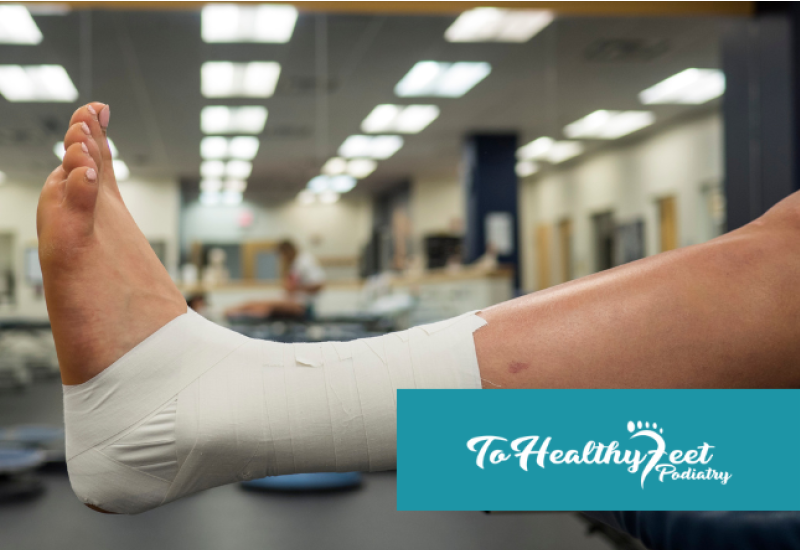As a diabetic, you should be no stranger to taking extra care of your well-being. You can probably manipulate your blood sugar at will and know your blood pressure like the back of your hand.
Unsurprisingly, your feet demand the same kind of attention you have been giving to yourself. Diabetes attacks the nerves and cuts blood circulation in your feet, making them susceptible to a host of complications. The problems associated with swelling, ulcers, calluses, and ingrown toenails are all magnified when you have diabetes.
Fortunately, you can prevent and manage these diabetic foot problems with constant vigilance, exercise, basic foot care, and frequent visits to the podiatrist.
Contact Us Book a Virtual Consultation
Being Aware Of Your Footing As A Diabetic
If you are diabetic, you should pay special attention to your feet. Both type 1 and type 2 diabetes have a tendency to damage blood vessels and peripheral nerves in the foot. Nerve damage and reduced blood flow mean that even minor injuries can cause serious medical complications in the foot.
Do not let diabetes stop you from leading an active lifestyle. Learn about the most common diabetic foot problems and how to prevent and treat them. Your condition will in no way detract from your quality of life—as long as you take proper precautions.
Our podiatrists at To Healthy Feet Podiatry are especially proficient at managing and treating diabetic feet. We are always happy to help you get started on the right foot, so call us at (917) 398-3668 or fill out the online form below.
Diabetic Foot Problems To Watch Out For
Diabetes causes nerve damage and reduces blood flow in your feet, potentially causing a bevy of medical issues.
Here are 5 common foot problems you may develop and how you can prevent and resolve them:
- Diabetic neuropathy: Nerve damage in your feet may cause numbness. The lack of sensation in your feet can make you miss out on blisters, sores, and ulcers. Allowing these wounds to fester can lead to an infection and even amputation. Managing your diabetes is key to preventing nerve damage in your feet. Be aware of your blood sugar, blood pressure, and cholesterol levels at all times. Additionally, make sure to visit a podiatrist at least once a year so they can assess blood flow and sensation in your feet. If you do develop diabetic neuropathy, you should inspect your feet for wounds on a daily basis. Even the most inconspicuous cut will mandate professional treatment. Your doctor will also prescribe you medication to slow down the disease’s progression.
- Foot swelling: Poor blood flow in your feet can cause them to swell. In addition to causing discomfort, swelling can interfere with your feet’ natural healing process. Should you injure your feet while they are swollen, contact a doctor right away. Given that your blood circulation is already compromised, you should take additional precautions to prevent your feet from swelling. These include avoiding excessively hot weather, standing for long periods of time, and eating unhealthy foods. Properly managing your diabetes and exercising regularly also go a long way in preventing foot swelling. If you do end up with swollen feet, you can improve the circulation in your feet by putting them up in an elevated position during the day. Consider compression stockings as well.
- Foot ulcers: Poor circulation can create pockets of fluid on the bottom of your feet. If not treated, these wounds can become infected. Maximize blood circulation in your feet to reduce the chances of ulcers forming. Frequent exercise and staying warm (not hot) can help. Be vigilant when inspecting your feet if you have diabetes neuropathy; the numbness may make it difficult to detect ulcers. Rest is the best option to treat ulcers. If you need to move around, wear diabetic shoes so that the superior cushioning prevents your wounds from exacerbating.
- Calluses: While calluses are not an issue for most people, they can become problematic for you. If unaddressed, diabetic calluses can become ulcers. To minimize this risk, you should treat calluses as soon as they form. “Bathroom surgery” is ill-advised; make sure to have a podiatrist remove them so they do not become infected. If you notice that your calluses keep coming back, switching to a different pair of shoes may help.
- Ingrown toenails: Because you may have less sensation in your feet, an ingrown toenail can escape your notice until they are already infected. Cut your toenails evenly so that they do not grow into your skin, regularly look for redness and swelling in your toes, and wear shoes that fit. Go see a podiatrist if you suspect you have an ingrown toenail.
Managing Your Diabetic Foot Problems
There is no denying that diabetes can make caring for your feet challenging. It is a bitter pill to swallow, however, as neglecting them is almost guaranteed to lead to medical aggravations.
Inspect your feet daily, exercise, wear comfortable and fitting shoes and regularly visit a podiatrist. These measures can help prevent foot conditions from developing and stabilize existing ones. With the right care, your feet can carry you farther than you think.
To Healthy Feet Podiatry would like to be with you every step you take. Our podiatrists have helped hundreds of diabetic patients in NYC manage and overcome their foot problems. See how we can help you by calling (917) 398-3668 or by filling out the online contact form.
Contact Us Book a Virtual Consultation
FAQs
Is there a cure for diabetes neuropathy?
No. There is no cure for this condition. Prescription medication can be used to slow down its progression and to relieve the numbness sensation.
How often should I visit the podiatrist?
People with diabetes should go through a diabetic foot exam at least once a year.
I have an infection on my foot. Should I be worried about amputation?
Amputation is a last resort. If an infection is not healing and has caused necrosis in the surrounding tissues, your doctor will first look into surgical debridement. This procedure involves thoroughly cleaning the wound and removing all infected and dead tissue.



